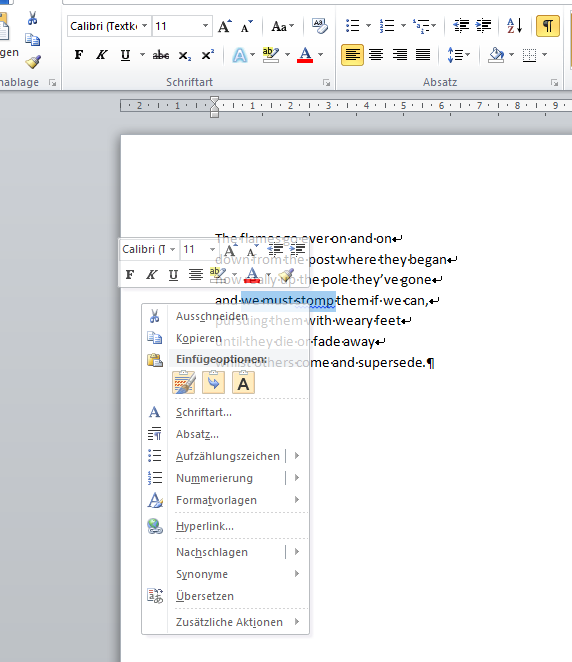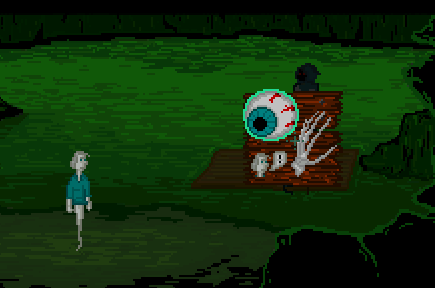So, I've just managed to get a build of the "master" branch for the very first time, using the instructions at the address CW pointed me to.
There was only one change necessary, in the "Build Events/Post-Build-Event" property of the source "AGS.Native": It generates a DOS copy instruction where my source and target contain spaces, so the instruction wasn't parsed correctly by the operating system. Adding quotes solved the problem.
(To wit:
The original was: copy $(TargetPath) $(SolutionDir)..\Editor\References
This expands to: copy C:\Users\Peter G Bouillon\source\repos\ags\Editor\AGS.Native\Debug\AGS.Native.dll C:\Users\Peter G Bouillon\Source\Repos\ags\Solutions\..\Editor\Reference
This generates the error message: Error MSB3073 The command "copy C:\Users\Peter G Bouillon\source\repos\ags\Editor\AGS.Native\Debug\AGS.Native.dll C:\Users\Peter G Bouillon\Source\Repos\ags\Solutions\..\Editor\References
:VCEnd" exited with code 1. AGS.Native C:\Program Files (x86)\MSBuild\Microsoft.Cpp\v4.0\V140\Microsoft.CppCommon.targets 133
I changed this to: copy "$(TargetPath)" "$(SolutionDir)..\Editor\References"
This expands to: copy "C:\Users\Peter G Bouillon\source\repos\ags\Editor\AGS.Native\Debug\AGS.Native.dll" "C:\Users\Peter G Bouillon\Source\Repos\ags\Solutions\..\Editor\References"
)
So, do we have a standard way to check the build (such as a standard example project with known behaviour, etc.)?
There was only one change necessary, in the "Build Events/Post-Build-Event" property of the source "AGS.Native": It generates a DOS copy instruction where my source and target contain spaces, so the instruction wasn't parsed correctly by the operating system. Adding quotes solved the problem.
(To wit:
Spoiler
The original was: copy $(TargetPath) $(SolutionDir)..\Editor\References
This expands to: copy C:\Users\Peter G Bouillon\source\repos\ags\Editor\AGS.Native\Debug\AGS.Native.dll C:\Users\Peter G Bouillon\Source\Repos\ags\Solutions\..\Editor\Reference
This generates the error message: Error MSB3073 The command "copy C:\Users\Peter G Bouillon\source\repos\ags\Editor\AGS.Native\Debug\AGS.Native.dll C:\Users\Peter G Bouillon\Source\Repos\ags\Solutions\..\Editor\References
:VCEnd" exited with code 1. AGS.Native C:\Program Files (x86)\MSBuild\Microsoft.Cpp\v4.0\V140\Microsoft.CppCommon.targets 133
I changed this to: copy "$(TargetPath)" "$(SolutionDir)..\Editor\References"
This expands to: copy "C:\Users\Peter G Bouillon\source\repos\ags\Editor\AGS.Native\Debug\AGS.Native.dll" "C:\Users\Peter G Bouillon\Source\Repos\ags\Solutions\..\Editor\References"
[close]
So, do we have a standard way to check the build (such as a standard example project with known behaviour, etc.)?







 Let's call it a tie and let Hobo et al. decide on the theme of next month.
Let's call it a tie and let Hobo et al. decide on the theme of next month.